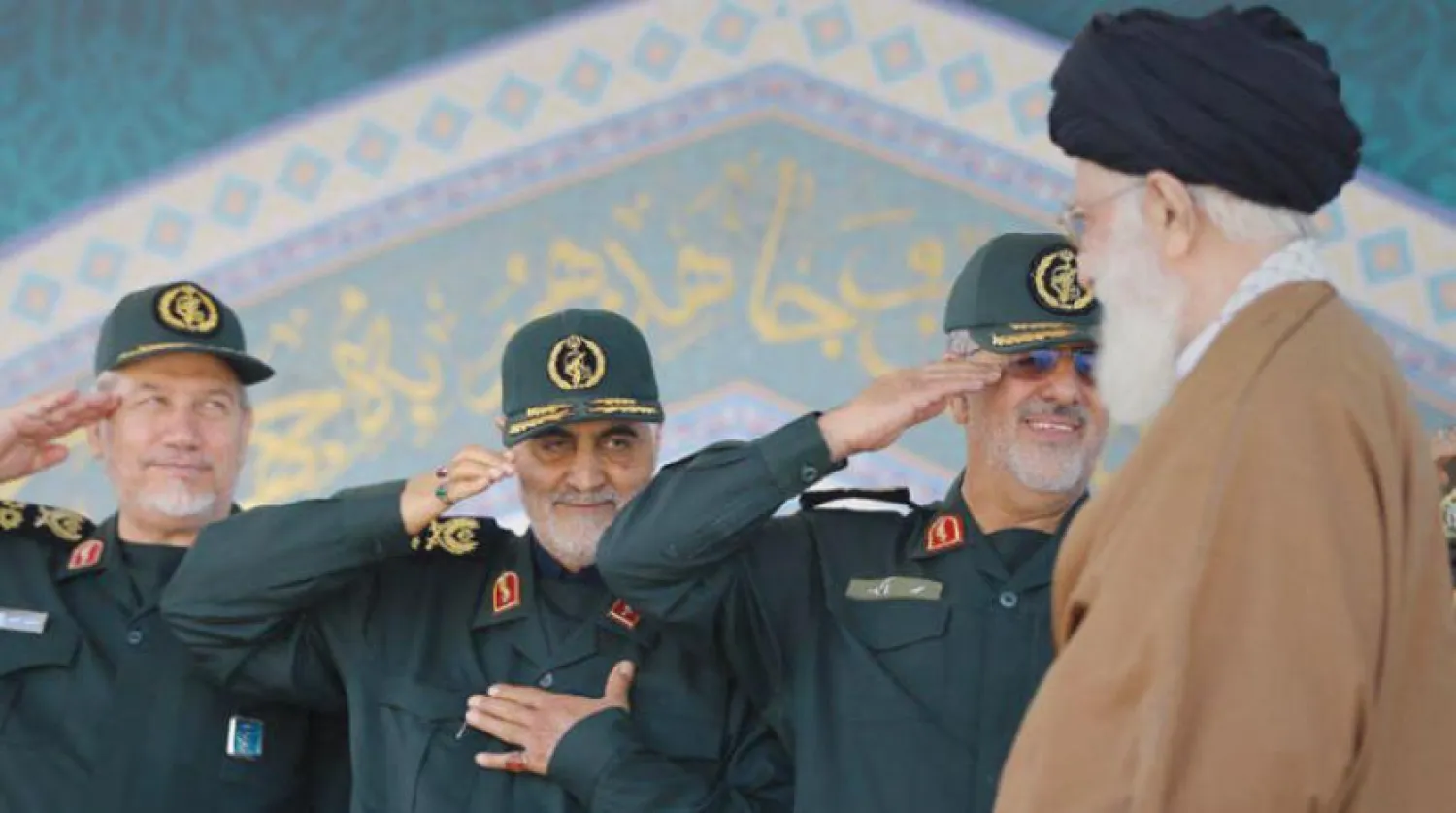The European Union, France and Germany condemned US visa bans on European citizens combating online hate and disinformation, with Brussels saying on Wednesday it could "respond swiftly and decisively" against the "unjustified measures".
US President Donald Trump's administration imposed visa bans on Tuesday on five European citizens, including French former EU commissioner Thierry Breton, who it accuses of working to censor freedom of speech or unfairly target US tech giants with overly burdensome regulation.
A European Commission spokesperson said it "strongly condemns the US decision", adding: "Freedom of expression is a fundamental right in Europe and a shared core value with the United States across the democratic world."
EU FINED ELON MUSK'S X THIS MONTH
The visa bans are likely to exacerbate growing divergences between Washington and some European capitals over issues including free speech, defense, immigration, far-right politics, trade and the Russia-Ukraine war.
They come just weeks after a US National Security Strategy document warned Europe faced "civilizational erasure" and must change course if it is to remain a reliable US ally.
Breton was one of the architects of the EU's Digital Services Act, a landmark piece of legislation aimed at making the internet safer that has irritated US officials.
They were particularly riled by Brussels' sanction earlier this month against Elon Musk's X platform, which was fined 120 million euros for breaching online content rules. Musk and Breton have often sparred online over EU tech regulation, with Musk referring to him as the "tyrant of Europe".
The bans also targeted Imran Ahmed, the British CEO of the US-based Center for Countering Digital Hate; Anna-Lena von Hodenberg and Josephine Ballon of the German non-profit HateAid; and Clare Melford, co-founder of the Global Disinformation Index, according to US Under Secretary for Public Diplomacy Sarah Rogers.
EU LAW AIMS TO MAKE ONLINE WORLD SAFER
The EU's DSA is meant to make the online environment safer, in part by compelling tech giants to do more to tackle illegal content, including hate speech and child sexual abuse material.
Washington has said the EU was pursuing "undue" restrictions on freedom of expression in its efforts to combat hateful speech, misinformation and disinformation, and that the DSA unfairly targets US tech giants and US citizens.
The European Commission spokesperson said the EU had the right to regulate economic activity, and had requested more information from Washington about the measures.
"If needed, we will respond swiftly and decisively to defend our regulatory autonomy against unjustified measures," they said.
French President Emmanuel Macron said: "These measures amount to intimidation and coercion aimed at undermining European digital sovereignty."
On X, he said the DSA was approved in a democratic process, and existed "to ensure fair competition among platforms, without targeting any third country, and to ensure that what is illegal offline is also illegal online."
Breton, a former French finance minister and the European commissioner for the internal market from 2019 to 2024, was the most high-profile individual targeted.
"Is McCarthy's witch hunt back?" he wrote on X.
"As a reminder: 90% of the European Parliament - our democratically elected body - and all 27 Member States unanimously voted the DSA. To our American friends: Censorship isn't where you think it is."
GERMANY SAYS BANS ON ACTIVISTS 'UNACCEPTABLE'
Germany's justice ministry said the two German activists had the government's "support and solidarity" and the visa bans on them were unacceptable, adding that HateAid supported people affected by unlawful digital hate speech.
"Anyone who describes this as censorship is misrepresenting our constitutional system," it said in a statement. "The rules by which we want to live in the digital space in Germany and in Europe are not decided in Washington."
A Global Disinformation Index spokesperson called the visa bans "an authoritarian attack on free speech and an egregious act of government censorship."
"The Trump Administration is, once again, using the full weight of the federal government to intimidate, censor, and silence voices they disagree with," they said. "Their actions today are immoral, unlawful, and un-American."
Breton is not the first French person to be sanctioned by the Trump administration.
In August, Washington sanctioned French judge Nicolas Yann Guillou, who sits on the International Criminal Court, for the tribunal's targeting of Israeli leaders and a past decision to investigate US officials.









